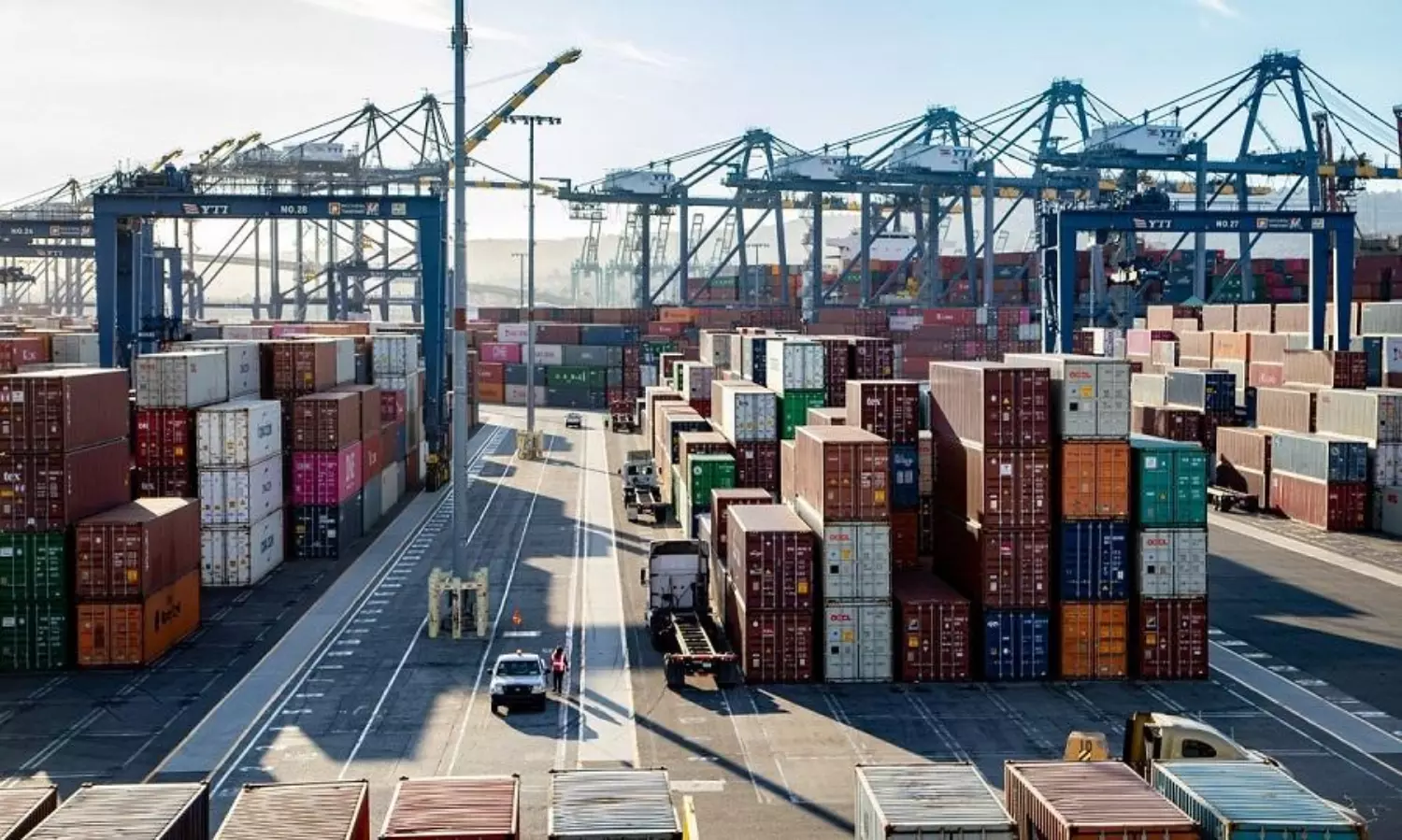Congestion big piece of supply-demand puzzle: VesselsValue
"Congestion persists at stubbornly high levels in between flare ups. It just shifts to less visible regions."

Data shows congestion persists at high levels though it has shifted from more visible to less visible regions of the world, says VesselsValue in its latest update.
"The summer months of 2022 have seen a slow-motion collapse in freight rates for both dry bulk carriers and containerships," writes Vivek Srivastava, Senior Trade Flow Analyst, VesselsValue. "For the former, the Capesize 54-TCA Index fell from $38,169 per day on 23 May, 2022 to just $2,505 per day on 3l August 2022, and for the latter, the Asia to U.S. West Coast box rate slid from $7,900 per FEU on 16 May 2022 to $ 3,959 per FEU on 6 September 2022."
On investor calls, public companies frequently cite the unravelling of port congestion from pandemic highs as a major contributing factor, says Srivastava. "Economic theory dictates that easing congestion releases large numbers of vessels back into the market and quickly expands the available supply of tonnage. But VesselsValue's new Congestion tool shows that though it hits the headlines only periodically, congestion persists at stubbornly high levels in between flare ups. It just shifts to less visible regions, so should not be blamed for the collapse."
Port congestion is seen as a vast black hole that sucks up productive shipping capacity and transforms it into stationary steel statues. "Vessels are only productive when they are moving and Figure 1, below, shows that the proportions of both the dry bulk carrier and the containership fleets not moving remain near pandemic highs, at 17% and 9%, respectively. This also includes small numbers of vessels in shipyards for repairs, surveys or dry docking and a very small number of layups. But the vast majority are vessels either waiting to load or discharge (in the case of bulkers) or waiting for cargo operations (i.e. both loading and discharging containers). Hence, no significant release of vessels from port congestion has occured to impact freight markets."
Port congestion indicator of trends
The last two-and-half years have been truly tumultuous, writes Srivastava. "From the pandemic to the Russia/Ukraine war, a variety of unexpected threats have surfaced to disrupt trade flows and supply chains in the major arteries and veins of the global economy." This disruption manifests itself most clearly in port congestion, and it is a mistake to think that this is over and is somehow to blame for dry bulk and container shipping's woes, Srivastava concluded.


